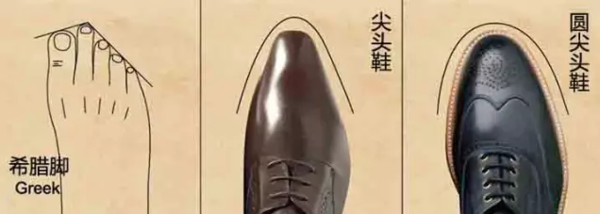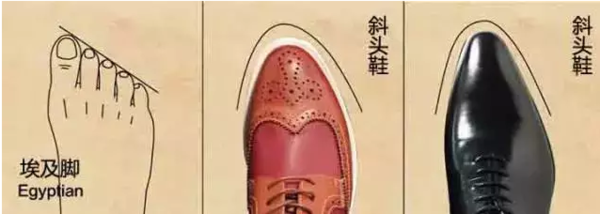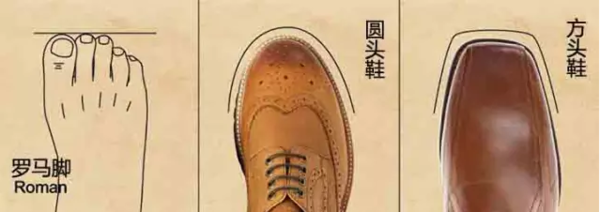Human toes can be categorised into Egyptian foot, Roman foot and Greek foot according to their length.
1. Greek foot, also known as Morton’s toe, is a common anomaly in the front of the foot. The main feature of Morton’s toe is that the second toe is longer than the big toe. The main reason for this is that the first metatarsal bone is less than the normal ratio of length compared to the second metatarsal bone. This deformity can lead to a variety of injuries such as back pain, lumbago, and pelvic malposition.
The probable cause of these conditions is the deterioration of stability in the front of the foot, where the prominent second metatarsal alone bears the anterior force, supported by the two-point support formed by the second metatarsal and the heel, which is much less stable than the triangular shape formed by the first and fifth metatarsals and the heel.
The length of the second toe is longer than the other four toes is “Greek feet”, people with this foot type usually have long limbs, almost always out of the right handsome girl.

2. Egyptian foot foot type is the most common, most of the Asian boys belong to this type of foot type, thumb long tend to pick shoes to pay special attention to, too narrow pointed shoes are easy to let the thumb by extrusion deformation. The thumb is longer than the other toes, and the toes show a slope.

3. Roman foot this kind of foot is less common, this foot type of people 5 toes length are almost long, no special prominent toes, feel more quadrilateral broad, also known as square feet. But the Roman foot type people can set off the square toe shoes more fashionable sense and modify the foot type. The length of the five toes is almost long.

Extended profile
“Most Chinese people have Greek feet with a long second toe.” Jiang Qing told reporters that there is actually no particularly obvious difference between the advantages and disadvantages of each foot type. “Because the main function of the foot is to bear weight and have a certain degree of bounciness, and the toes, as a small part, bear very little function in terms of weight bearing and bounciness, so there is no obvious difference between the advantages and disadvantages of different foot types.”
From the Egyptian foot can be divided into the Anglo-Saxon foot type, in which the ball of the foot tapers backward and the heel is also narrow, and the Germanic foot type, in which the forefoot is distinctly large and the heel is narrow. Baltic foot type, that is, the Egyptian foot in the foot metatarsal and heel wider a variant, mostly found in the eastern coast of the Baltic Sea, Estonia, Latvia and Lithuania, etc..
Leave a Reply